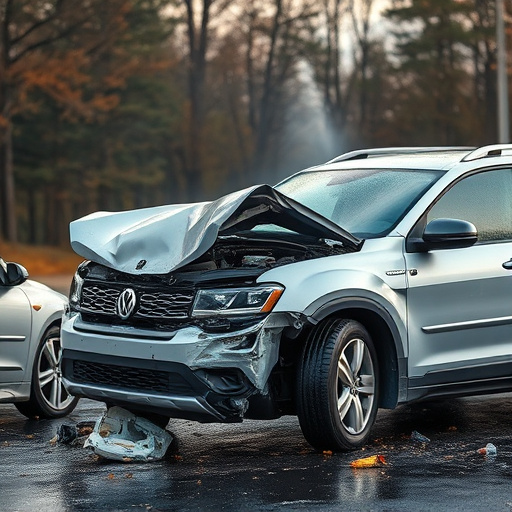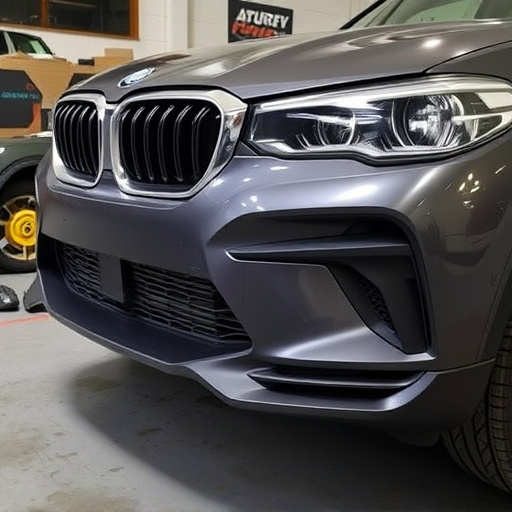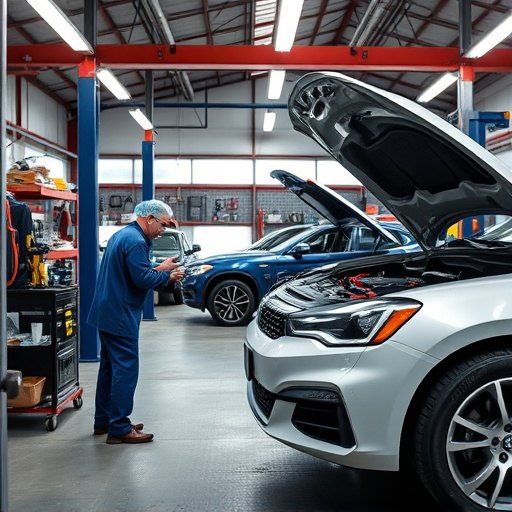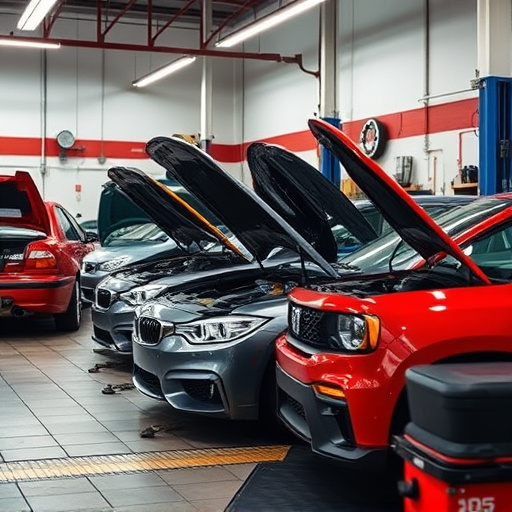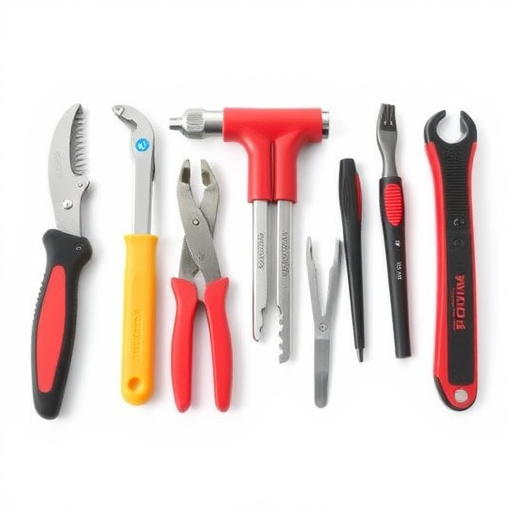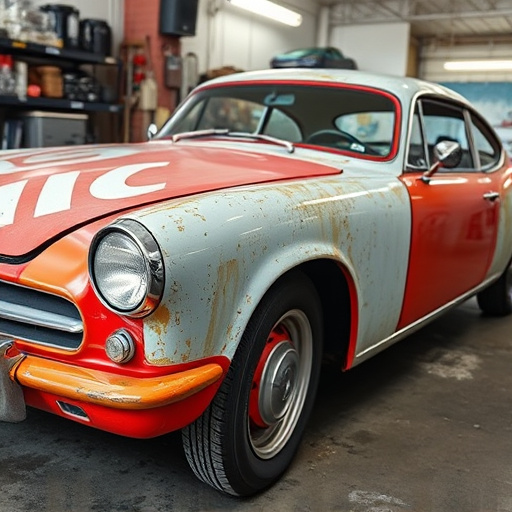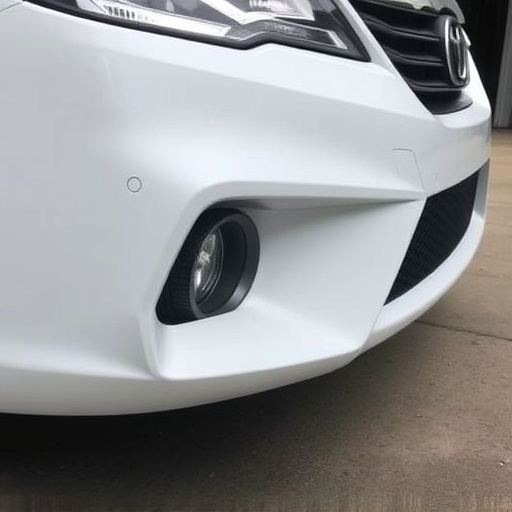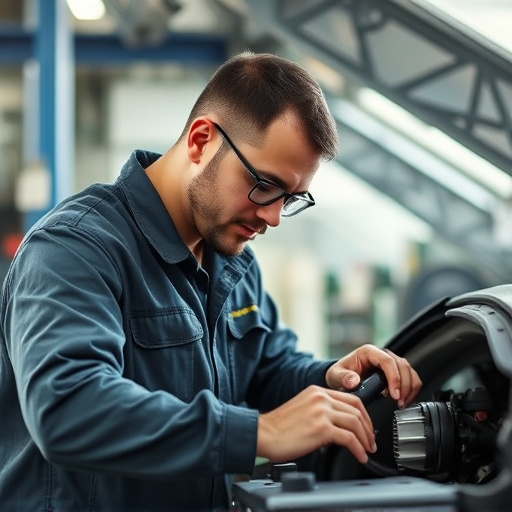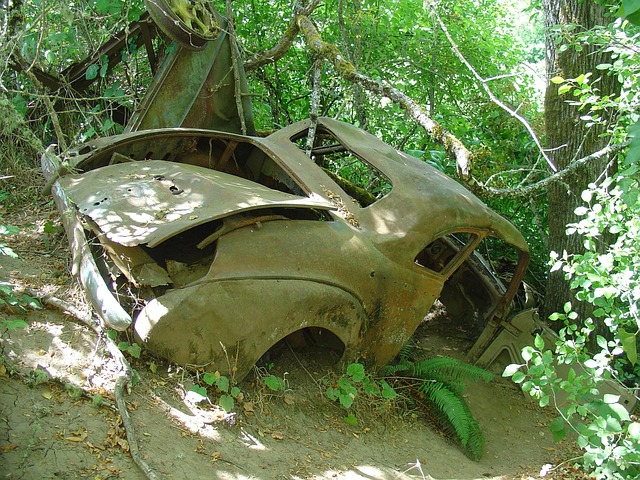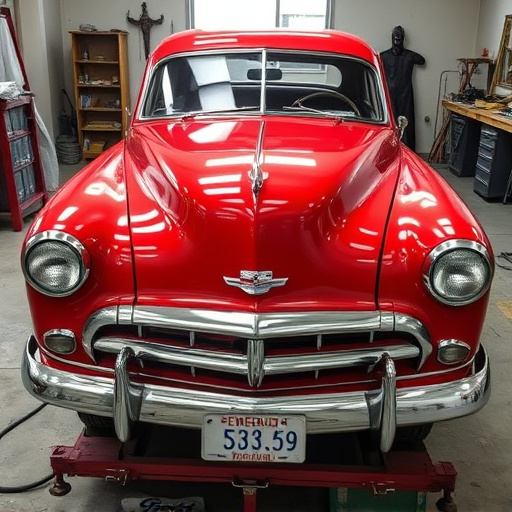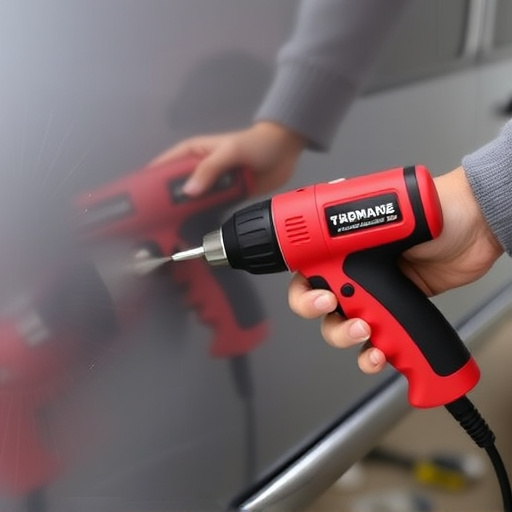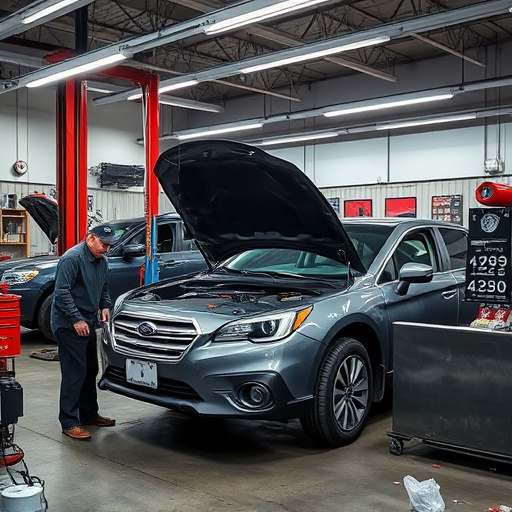Tesla's ultrasonic sensor system is a critical safety feature, relying on high-frequency sound waves to detect obstacles in low visibility. Regular maintenance, including prompt replacement of the ultrasonic sensor cover, protects these components from environmental damage. A damaged or faulty sensor can compromise safety features, making professional body shop services crucial for repairs, replacements, and aesthetic restoration. Regular cleaning and monthly inspections are essential maintenance practices. In case of functionality issues, seek professional repair to prevent future problems and ensure optimal vehicle safety.
“Discover the key to enhancing your Tesla’s safety and performance with this comprehensive guide to replacing the ultrasonic sensor cover and rain sensor proximity. Tesla’s advanced ultrasonic sensor system plays a vital role in its Autopilot features, ensuring accurate object detection. This article delves into the reasons behind replacing these components, offering a step-by-step installation process, and providing maintenance tips for optimal performance. Get ready to elevate your Tesla’s capabilities with this essential upgrade, tailored for tech-savvy car enthusiasts.”
- Understanding Tesla's Ultrasonic Sensor System
- Why Replace the Cover and Rain Sensor Proximity?
- Step-by-Step Guide to Installation and Maintenance
Understanding Tesla's Ultrasonic Sensor System
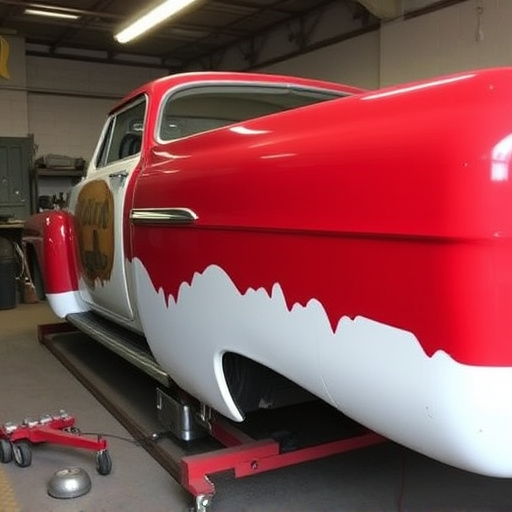
Tesla’s Ultrasonic Sensor System is a key component in ensuring safe and efficient driving, particularly in low-visibility conditions. This advanced technology employs a network of sensors located around the vehicle to detect obstacles and nearby objects. By using high-frequency sound waves, these sensors create a detailed map of the car’s surroundings, enabling features like automatic emergency braking and adaptive cruise control.
Regular maintenance is crucial for keeping this system optimal. The Tesla ultrasonic sensor cover replacement involves safeguarding these delicate components from environmental damage, including dirt, debris, and extreme weather conditions. A damaged or faulty sensor can impair the vehicle’s safety features, making it essential to address any issues promptly. Many body shop services offer specialized repairs and replacements, addressing not just sensor cover replacements but also hail damage repair and scratch repair to restore the car’s safety and aesthetic appeal.
Why Replace the Cover and Rain Sensor Proximity?

Over time, the Tesla ultrasonic sensor cover replacement becomes essential for maintaining optimal vehicle performance and safety. The original cover can degrade due to environmental factors like harsh weather conditions, road debris, and UV exposure. A damaged or cracked cover can compromise the integrity of the underlying sensors, affecting their ability to detect obstacles accurately. This is particularly critical during rainy conditions when the rain sensor proximity plays a vital role in preventing collisions.
Replacing both the cover and ensuring proper functioning of the rain sensor proximity offers several benefits. It enhances the overall safety features of your Tesla, providing drivers with improved awareness of surrounding objects. Moreover, it prevents potential collision damage repair costs down the line. Many vehicle body shop services specialize in Tesla ultrasonic sensor cover replacement, offering high-quality repairs to restore your car’s safety systems to their peak performance.
Step-by-Step Guide to Installation and Maintenance
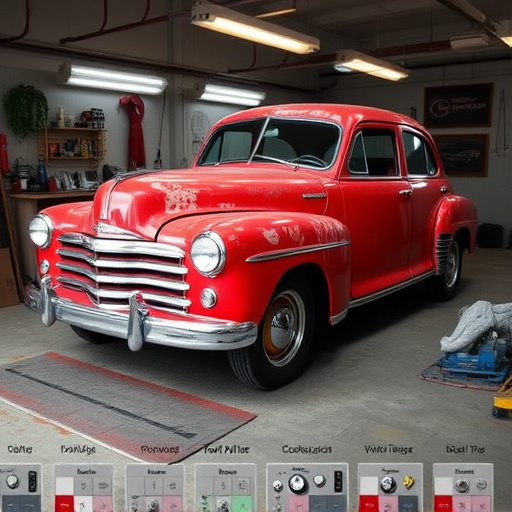
Step-by-Step Guide to Installation and Maintenance
To replace your Tesla ultrasonic sensor cover, start by locating the sensors around your vehicle, typically near the front and rear bumpers. Gather your tools: a screwdriver, new sensor covers, and protective gloves. Turn off your car’s ignition and ensure it’s in Park mode for safety. First, remove any existing debris or dirt from the sensor area using a soft brush. Next, carefully unscrew the old cover, taking note of its orientation for proper alignment during installation. Insert the new ultrasonic sensor cover, ensuring it fits securely. Tighten the screws firmly but gently to avoid damage.
For maintenance, regular cleaning is key. Use a microfiber cloth and a mild cleaner to keep the sensors free from grime. Check for any signs of wear or damage at least once a month. If you notice issues with your vehicle’s proximity sensor functionality, such as false readings or failure to detect obstacles, it might be time to consider a professional auto repair near you. Remember, proper Tesla ultrasonic sensor cover replacement and maintenance can prevent costly repairs and ensure optimal safety features for your car restoration.
Replacing your Tesla ultrasonic sensor cover and rain sensor proximity is a crucial step in maintaining optimal vehicle performance and safety. By understanding the functionality of Tesla’s ultrasonic sensor system and following a straightforward installation guide, you can enhance your driving experience. This simple yet effective upgrade ensures your car’s sensors remain clear and functional, providing better detection and prevention of obstacles, especially in adverse weather conditions. So, whether it’s due to debris accumulation or age, don’t overlook the importance of regular maintenance for these vital components.
